Chinese pickled cabbage, known in Chinese as pào cài (泡菜), is one of those humble yet popular dishes that graces the tables of households across China. It is traditionally used as a spicy and crunchy seasoning for simple dishes. In restaurants, it is also served as an appetizer while waiting for the main course. Pickled cabbage is an integral part of Chinese cuisine.
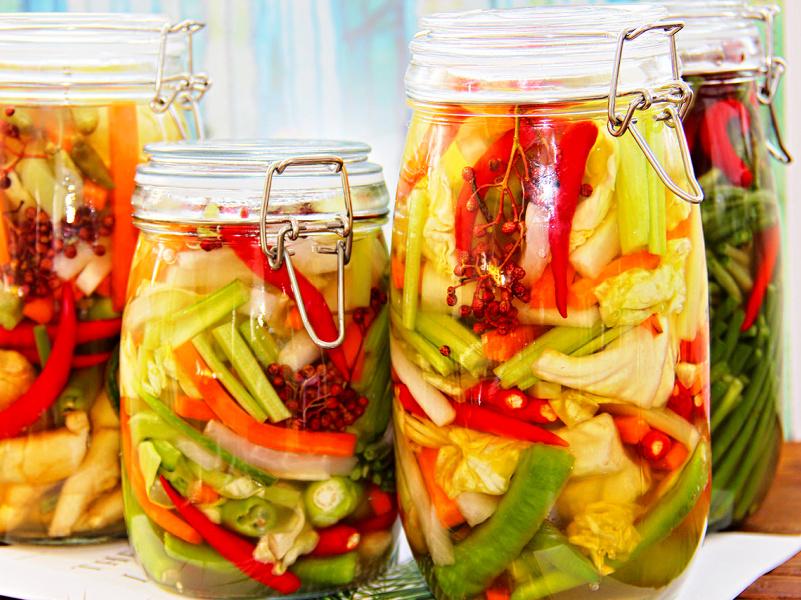
The origins of this dish go back to ancient times, when it was used as a way of preserving vegetables for the winter season. Due to the harsh conditions in the northern parts of China, where it is difficult to grow fresh vegetables during the winter, pickled cabbage has become a valuable source of vitamins and nutrients for local residents.
Simple preparation
The manufacturing process is quite simple, but requires patience and care. First, the cabbage is cut (shredded) into thin slices and mixed with salt and other spicy ingredients such as garlic, ginger and chili. The mixture is then left to ferment for several days or even weeks to create a rich and savory brew.
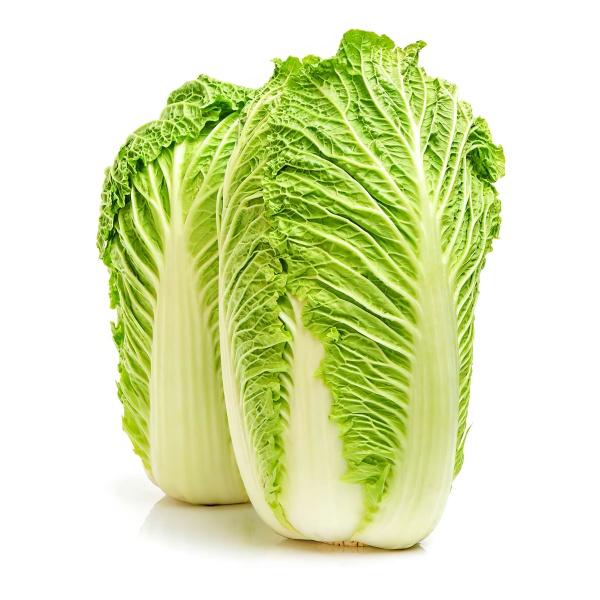
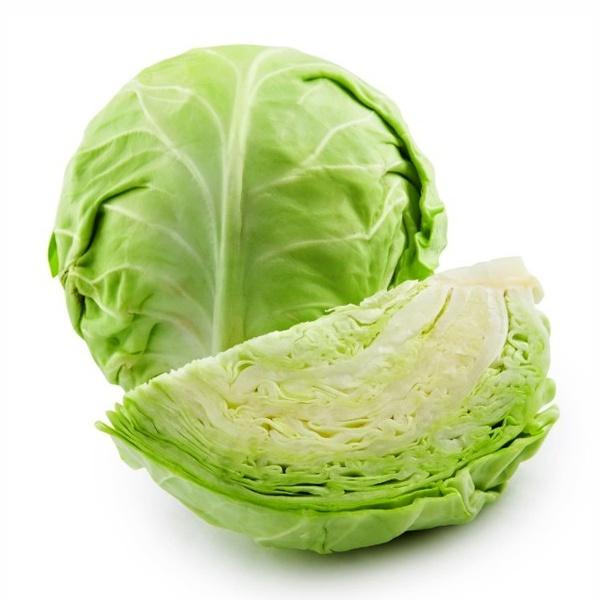

Sauerkraut is made by fermenting cabbage with various spicy ingredients. This not only increases its shelf life, but also increases its nutritional value. Cabbage has many health benefits. It is rich in vitamins, minerals and probiotics that support digestion and strengthen the immune system. In addition, it also has detoxifying effects and helps with weight loss. Thanks to its low energy value and high fiber content, it is an ideal choice for those who want to eat healthily and maintain an optimal weight.
Chinese pickled cabbage in the kitchen
It is used in various dishes of Chinese cuisine. It is a popular ingredient in soups, salads, rice and stir-fry dishes. Its spicy flavor and crunchy texture add an interesting dimension to food and a refreshing contrast. In addition, it is often served as an appetizer or side dish to main dishes to increase the taste variety and balance of the menu.
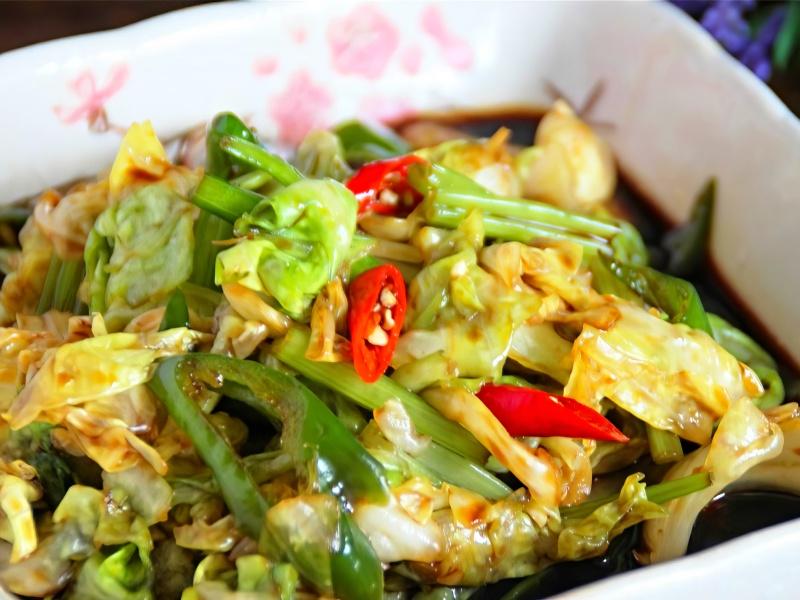
Chinese pickled cabbage is also a popular souvenir and gift from China. It is packaged in traditional ceramic containers and sold in markets and specialized stores. Many tourists bring back Chinese pickled cabbage as an exotic delicacy and memory of their visit to China.
Nowadays, Chinese pickled cabbage is becoming popular outside of China. Its unique taste and nutritional values are gaining recognition all over the world. Many restaurants and chefs are starting to include it in their menus and experiment with it in different culinary styles.
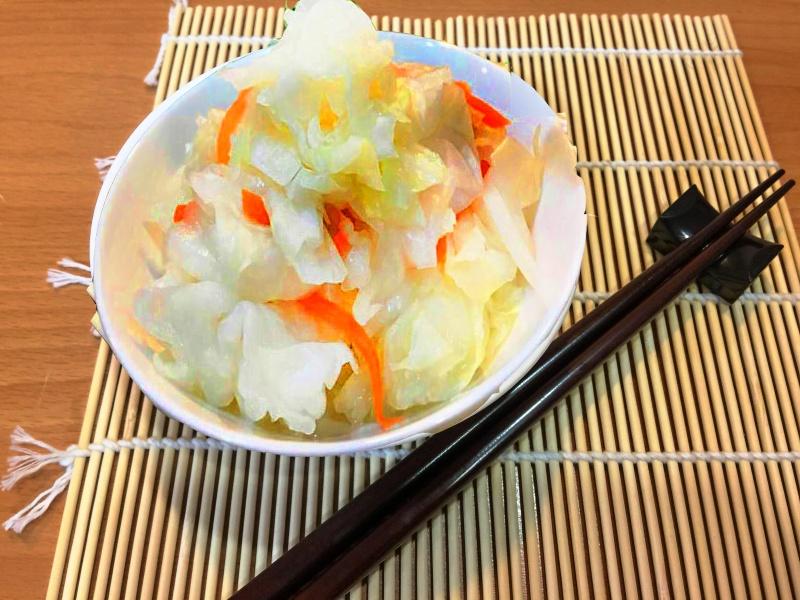

Try this dish and discover its rich taste and health benefits. Be a part of traditional Chinese cuisine and discover new flavors and aromas. Chinese pickled cabbage will bring you not only the joy of eating, but also the rich cultural history of China.
Tips
If you’re going to speed up the fermentation process, you can add some old pickling brine from a previous batch. The time until the cabbage is ready will be significantly reduced.
You can use both regular cabbage and Beijing (nappa) cabbage, which is softer.
Vinegar is traditionally used rice white, but you can also use black or a combination of them.
Don’t be afraid to experiment with this recipe. There are many variations of this dish.

Čínské nakládané zelí (Pào Cài 泡菜)
Ingredients
Směs na nakládání
- 1 1/2 šálku rýžového octa
- 1/2 šálku vody
- 3/4 šálku cukru
- 1 lžička soli
- 3 stroužky česneku rozdrcené
- 4 ks červené chilli papričky volitelně
- 1 lžička sečuánského pepře volitelně
Ostatní
- 450 g zelí (asi polovina malé hlávky zelí)
- 1 ks velká mrkev oloupaná
- 2 lžíce soli
Instructions
- Smíchejte rýžový ocet, vodu, cukr, sůl a chilli papričky v malém hrnci. Zahřívejte na středním plameni, dokud nedosáhne varu. Vařte za občasného míchání 5 minut, dokud se cukr nerozpustí. Čistou lžící ochutnejte nakládací tekutinu, abyste zjistili, zda má požadovanou chuť. Pokud chcete, aby tekutina chutnala pikantněji, můžete ji povařit o něco déle. Po dokončení odstavte a nechte vychladnout.
- Mezitím si připravte zeleninu. Vykrojte jádřinec zelí a vyhoďte ho. Listy natrhejte na kousky velikosti sousta. Mrkev nakrájejte na 1/2 cm silné plátky ve tvaru půlměsíce.
- Smíchejte zelí, mrkev a 2 lžíce soli ve velké míse. Promíchejte rukama, aby se zelenina obalila solí. Nechte odstát přikryté při pokojové teplotě po dobu 30 minut, až 1 hodinu (ne více než hodinu).
- Sceďte a vylijte osolenou vodu, kterou uvolnila zelenina. Zeleninu dvakrát opláchněte vodou z vodovodu. Důkladně sceďte a ze zeleniny vymačkejte přebytečnou vodu. Přeneste je do velké nádoby (nebo sklenice).
- Do stejné nádoby přidejte drcený česnek a sečuánský pepř (pokud používáte).
- Přidejte vychlazenou nakládací tekutinu. Zeleninu prolisujeme tak, aby byla ponořená v tekutině. Je v pořádku, když z tekutiny vyčnívá trochu zeleniny (protože zelenina se časem srazí a ponoří se). Nádobu uzavřete a nechte 3 dny marinovat v lednici.
- Nakládané zelí bude chutné po 1 dni, ale kyselost se projeví až 3. den. Ujistěte se, že používáte čisté hůlky (nebo příbory) vždy, když zelí podáváte. V lednici vydrží 2 až 3 týdny.






